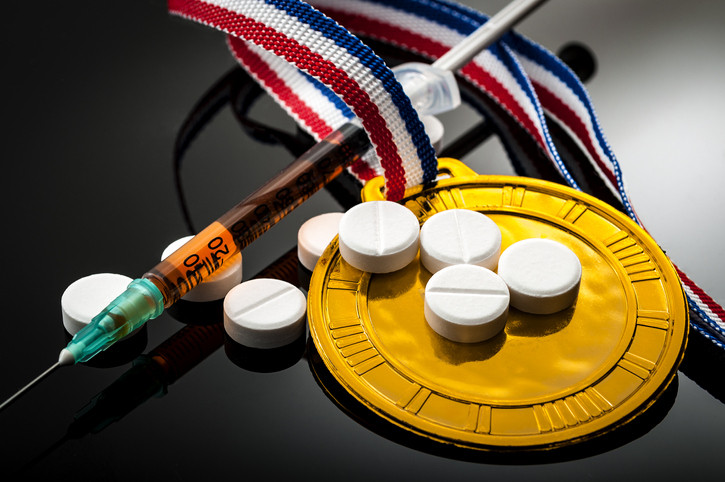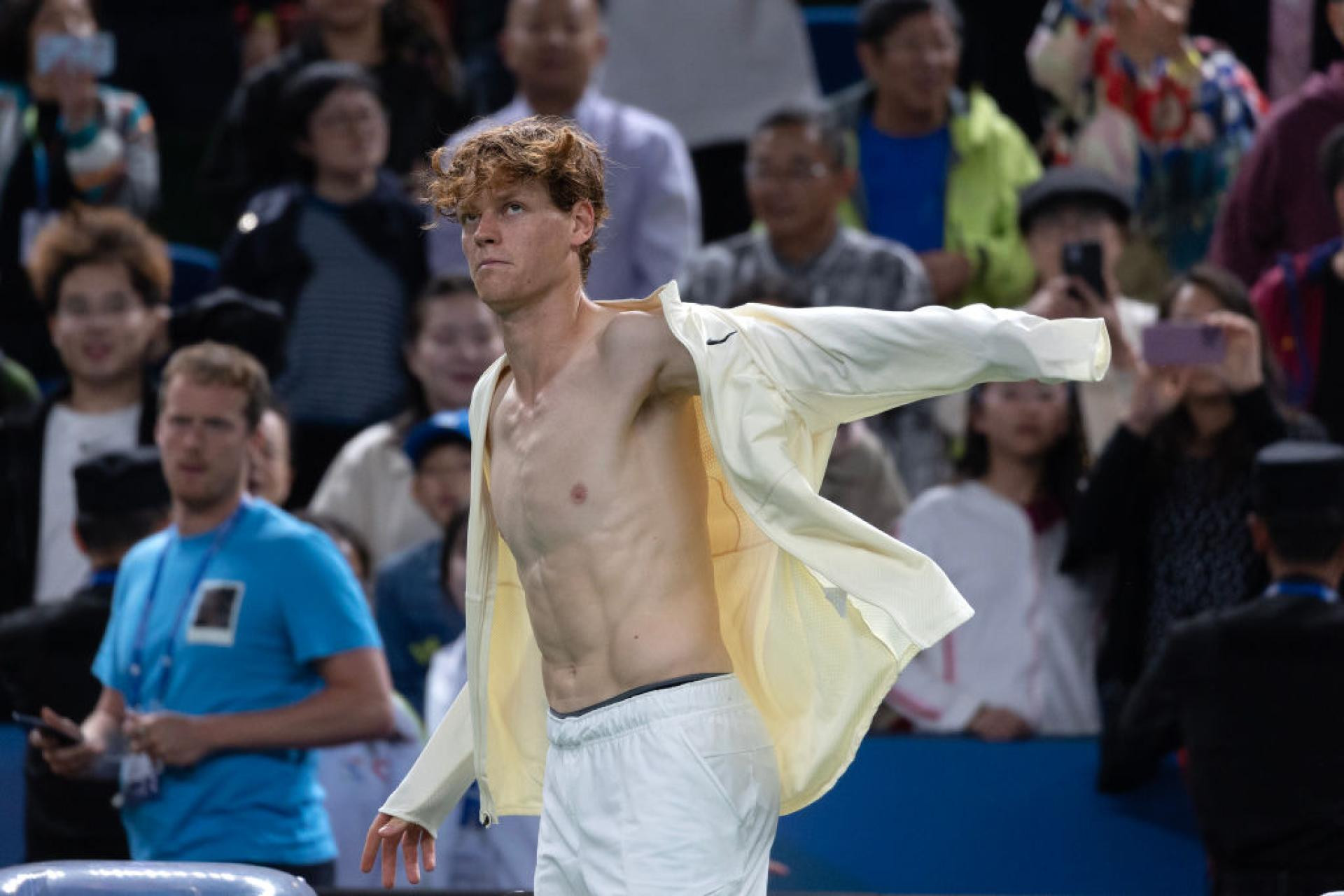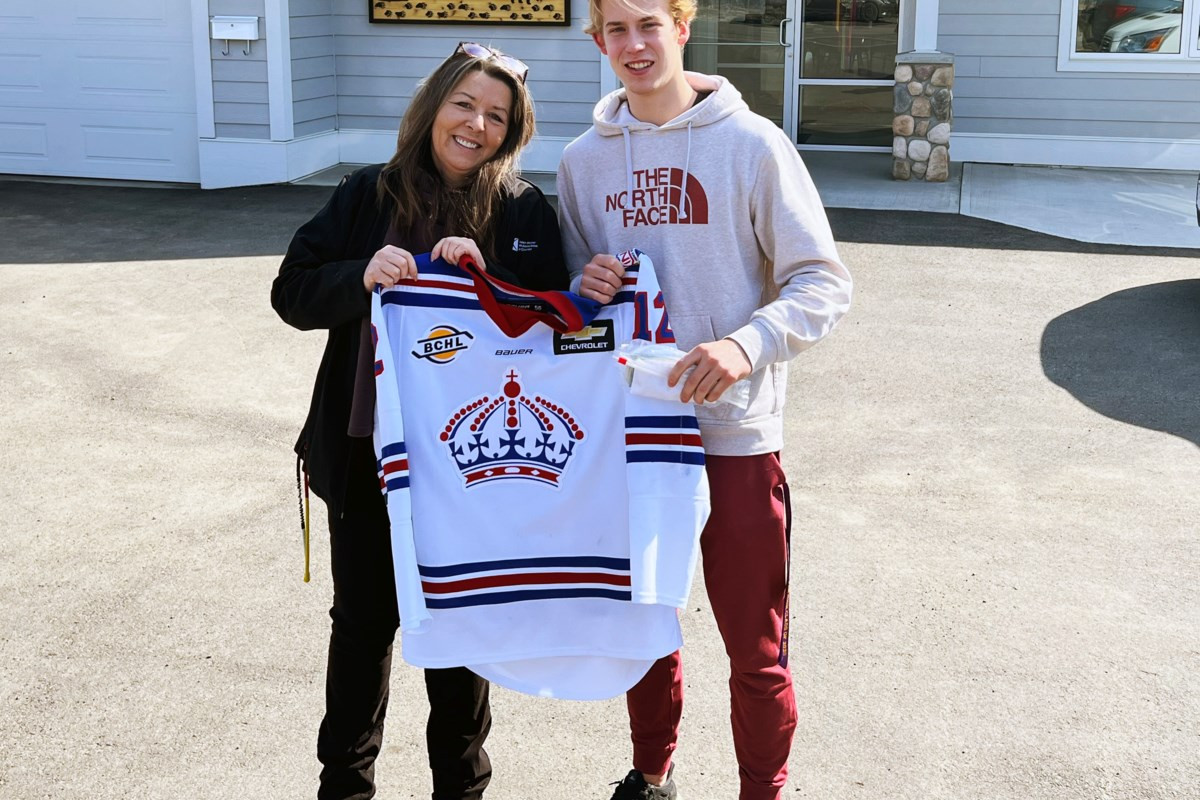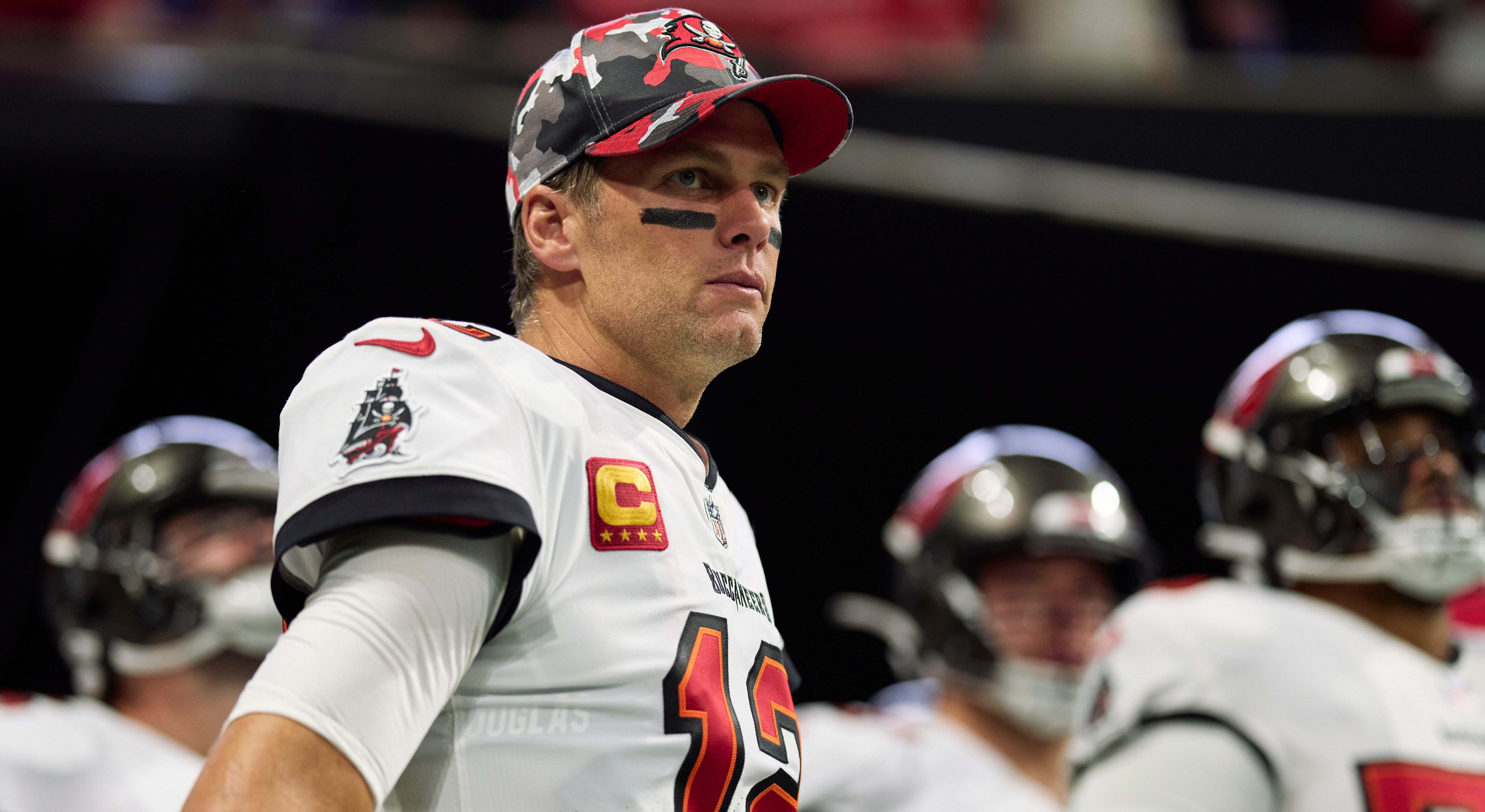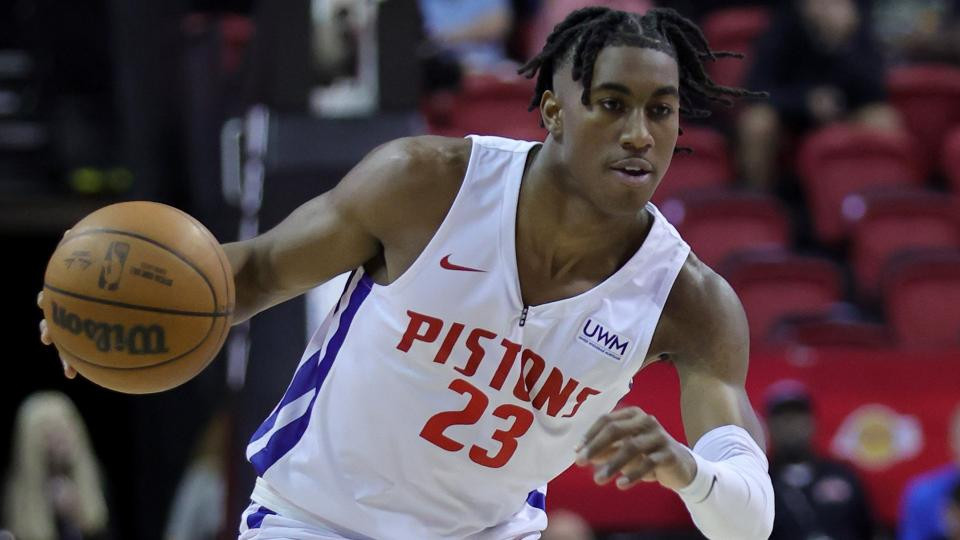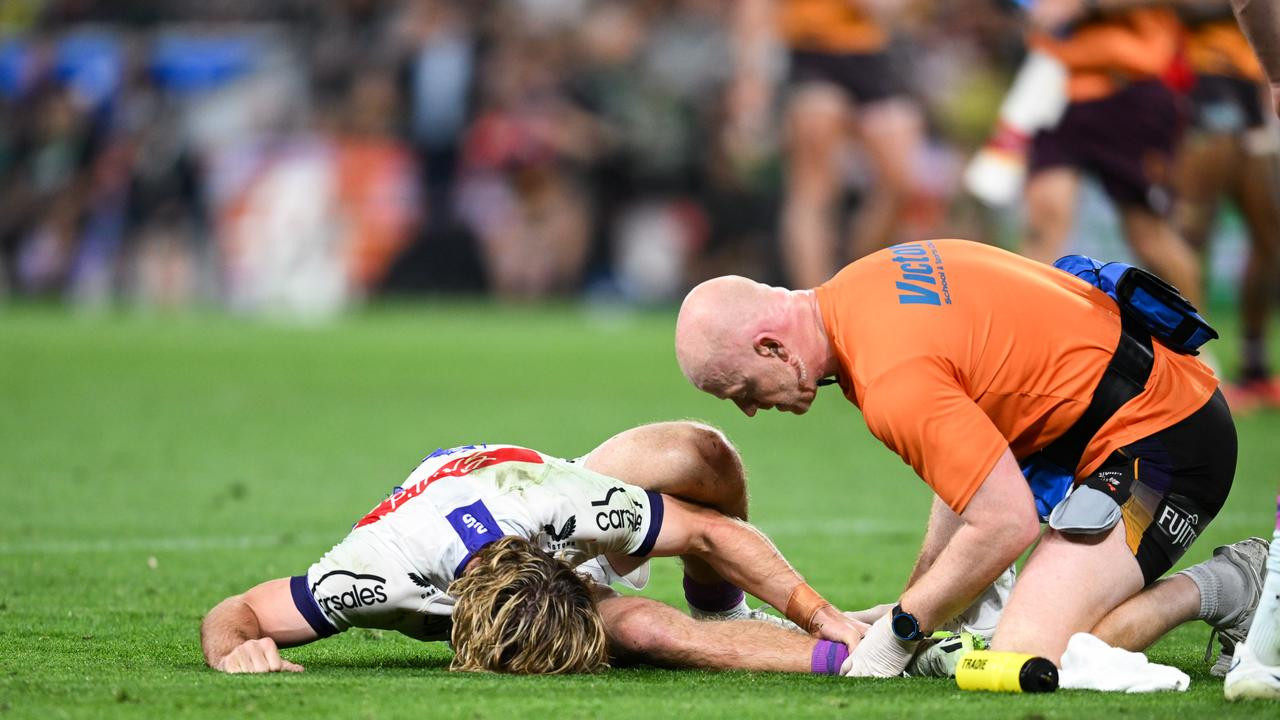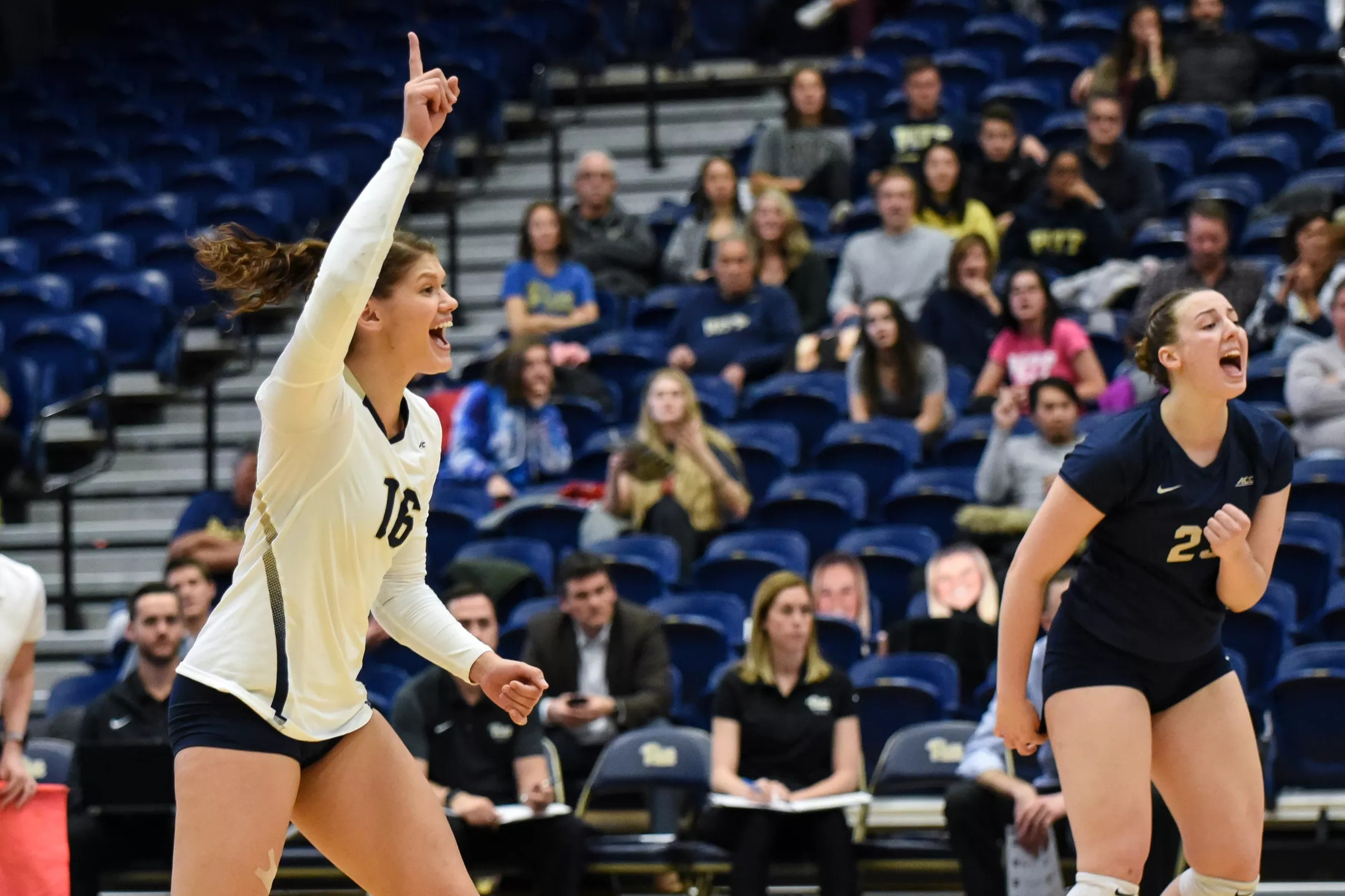Since Jannik Sinner began to assert himself as the best tennis player in the world, there has been a narrative around the 23-year-old Italian and his inimitable mop of red hair. Terrific talent; phenomenal team. Simone Vagnozzi, 41, the jovial Italian with the big, dark eyes — the master tactician. Then Darren Cahill, a laid-back but intensely competitive Australian, his resumé filled with know-how wrought from leading players to the pinnacle of the sport. Umberto Ferrara, Sinner’s trainer, worked hand-in-glove with the two coaches. He was the one to ensure Sinner’s body could play how Vagnozzi and Cahill wanted him to play. Giacomo Naldi, Sinner’s physiotherapist, ensured that when his body could play that way, it would stay healthy enough to do it at the highest level, over and over again. Sinner himself was the master of its construction.
On the eve of the U.S. Open, the fourth and final Grand Slam of the year, Sinner, the world No. 1, fired half his team. Ferrara and Naldi were out, for buying and using a healing spray at the centre of the biggest story in tennis. On August 20, tennis anti-doping authorities announced that the Italian had twice tested positive for clostebol, a banned anabolic steroid, during the BNP Paribas Open in Indian Wells, Calif., in the early spring. An independent tribunal decided that Sinner “bore no fault or negligence” and would not face a ban. It ruled that Ferrara and Naldi — who bought and used that healing spray, which then entered Sinner’s body via inadvertent transdermal contamination — were ultimately responsible. On August 23, a spokesperson for Sinner confirmed their departure.
On August 27, Sinner took to the court at the U.S. Open. Early on, he played like someone with a lot on his mind. Against Mackenzie McDonald, a solid but unthreatening opponent, Sinner struggled with the most basic tasks in the sport. He could not hold his serve, and he could not keep the ball between the lines. The American surged to an early lead and had Sinner soaked in sweat, huffing between points, before the set was over at 6-2. McDonald broke Sinner’s serve early in the second set, and a brief aberration started to look like something more.
Until it didn’t. Sinner picked it up from there, shaking off his early discomfort to win 18 of the next 23 games. He would finish off McDonald 2-6, 6-2, 6-1, 6-2, in two and a half hours. “It is still a little bit, you know, not easy,” Sinner said of the attention that has come with the revelation of his doping violations. “You have to go through day by day.”
The Rorschach Test of Sinner's Reputation
Doping, where metabolic processes and chemicals on which most tennis fans likely never waste a thought intersect with feelings of integrity, trust, and betrayal, is the scarlet letter of tennis. Sinner, alongside Carlos Alcaraz, has become an elastic avatar for the future of men’s tennis in his rise to the top of the sport, and has faced some passionate pushback since his case was made public. The Italian said he was relieved to receive a polite reception from the U.S. Open crowds in New York City, both during his practices and his match, and especially facing an American opponent.
Some may take longer to come around. Denis Shapovalov, Nick Kyrgios and Tennys Sandgren are some of his peers who used social media to express disbelief — and, in some cases, disdain — at Sinner being allowed to play while under investigation. In recent days, more players, especially higher up the rankings, have expressed their acceptance that being allowed to play is, in the exactitude of Sinner’s case, part of the protocols of the International Tennis Integrity Agency (ITIA).
That doesn’t mean it isn’t still on their minds. “It is complicated,” Alcaraz said on Sunday. “They said he’s innocent. That’s all I know and all I can talk about.”
It is complicated because of that intersection between science and morality. The tribunal convened by the ITIA ruled that Sinner was not at fault but, according to the rules, he had something in his body that could give him an unfair advantage. As a result, he lost his prize money, ranking points and results from reaching the semifinals at Indian Wells. Two independent boards, which the ITIA convened to review the mandatory provisional suspensions attached to his two tests, against which Sinner quickly appealed, reached the same conclusion.
The Legal and Financial Resources of a World No. 1
The legal and financial resources that the world No. 1 required to make those quick appeals are part of the Rorschach test to which anyone looking at this case submits. It gets to the heart not just of the diffusion of privilege across the sport, but of an era in tennis in which the best players employ large support teams, into which success — and sometimes controversy — diffuse in turn. Sinner might not be the world No. 1 or a Grand Slam champion or anywhere near the player he is now without the efforts of Ferrara and Naldi. In the view of the ITIA, he also wouldn’t be in violation of the anti-doping policies designed to protect the integrity of tennis.
Another part of the Rorschach test is determining how far those poles are from each other. During this breakthrough year, Sinner has added weight and grown stronger, allowing him to hit the ball harder, especially on his serve. His movement, always exemplary, has become more explosive, with first steps and changes of direction that power him across the court. He can stop, drop and roll on one side of the court, before uncoiling and springing his way across the surface to win a point on the other.
These new capabilities are easy fodder for detractors to argue that his success has been the byproduct of performance-enhancing drug use. In Sinner’s case, that would negate, or at least complicate, all the work that Vagnozzi and Cahill have done, with Ferrara and Naldi’s assistance, the past two and a half years to transform him into an all-around player with scant weaknesses.
The Evolution of a Champion: The Transformation of Sinner
It began in March 2022, after Sinner sent a smaller shock through the tennis world. In announcing he had fired Piatti, he was breaking up a relationship that figured to be along the lines of that between Alcaraz and Juan Carlos Ferrero, which began around the same age. Sinner felt he had stagnated with Piatti. So his management team reached out to Vagnozzi, a former pro who had established his reputation coaching less-heralded Italians. Like everyone else, he had seen Sinner’s raw material — the easy power, the balance — and thought he could help.
Sinner was already in the top 10. He told Vagnozzi he wanted to be No. 1. Vagnozzi told him he was going to have to be something different than what he was at that time. “He was very instinctive,” Vagniozzi said. He used his power at every opportunity, even when it wasn’t the most efficient route to success. He was barely thinking about how to exploit an opponent’s weaknesses. Vagnozzi liked the aggressiveness but wanted him to incorporate variety — a drop shot, going to the net, playing with tactics — rather than simply blasting his opponents. “This kind of stuff is a little bit difficult to change,” Vagnozzi said. “When you just focus on yourself, you play free. When you think during the game, or during the point, you need time to adjust.”
Cahill arrived in June that year before the grass-court warm-up event in the English seaside town of Eastbourne. Sinner had exited the French Open early, which turned out to be a blessing in disguise. It gave him a three-week training block in the middle of the season — one of the most coveted things in tennis — and time for the team to get to know one another and learn how to communicate.
That may sound simpler than it proved to be. English is their default language, but Sinner’s Dolomite upbringing means that his first language is German and only learned Italian in school. He is serious and reserved, whereas Vagnozzi is spirited. He grew up in a region near Bologna, on Italy’s eastern, Adriatic coast, and speaks workmanlike English, which is far better than he gives himself credit for. Cahill, an Aussie who likes his golf, is just starting to pick up some Italian, especially the “choice words”, he said. “You don’t come in and push information down the player’s throat. You take a little bit of time to understand them before you can make changes,” Cahill said during an interview at Wimbledon in July. “We spent a lot of time that Eastbourne week together, having meals together and talking as a team about tennis, and all his dreams and ambitions and his goals and how we’re going get there. He’s embraced it all.”
Before long, they were starting to fiddle with his serve, experimenting with Sinner bringing his feet together before he rose to meet the ball to get more height and power, though he wouldn’t incorporate that change in competition until 2023. The serve, the most essential and biomechanically complex shot in tennis, is not easily modified mid-season. Watching his matches, Cahill and Vagnozzi saw how certain players, Alcaraz and Daniil Medvedev especially, could throw Sinner off by changing the height of the ball and bringing him into the court. Sinner needed to learn how to do that too, which he did.
Until last September, Sinner was 0-6 against Medvedev. Then he beat him five straight times once he began to lead him around the court as though he had him on a string. Alcaraz can still use this tactic effectively, lofting the ball with topspin and slow float, forcing Sinner to accelerate that little bit too much. It worked in Indian Wells and at the French Open. Sinner is figuring it out. His win over Medvedev in Beijing made Vagnozzi begin to believe that this small group was on the verge of something special. Then Sinner won in Vienna two weeks later. Then he beat Novak Djokovic at the ATP Tour Finals. He beat him again in the Davis Cup, where Sinner saved match points and led Italy to the title, and then won the Australian Open. He beat Djokovic there in Melbourne, too.
Sinner finally had what he needed to compete with the best of the best — the power in his legs to rise into his serve the way Cahill and Vagnozzi wanted him to, and the improved hand speed to pick off volleys and whip the racket through the ball. If there is a piece missing, or still in progress, it is the endurance to get through five-set matches. A lingering hip injury only partly explains his 6-9 record in the most difficult physical assignment in tennis, which is thrown into sharper relief by the record of his rival Alcaraz, who has harnessed the format as few players can. The Spaniard is 12-1 in five-set matches.
The Aftermath of the Scandal
During that July interview, Cahill was effusive about Ferrara’s efforts to get Sinner into world-class shape and for being so in synch with Vagnozzi about what the player needed. A month later, he is gone, along with Naldi. Sinner explained the decision by saying he “needed some clean air”, that he did not feel confident or comfortable in keeping them around despite all that they had done for him. Since he first addressed the situation in public on Friday, Sinner has patiently and directly answered every question put to him about the positive tests, even as those around them tried to shut him down. That may be the most important indicator of all, given another story, or Rorschach test, that Cahill shared about Sinner last July.
During the past year, his team have often spent their downtime playing Burraco, a Rummy-type Italian card game. It requires multiple players and 104 cards. They all got used to noticing that the odd card might surreptitiously disappear. Immediately they would know where it had gone, because Sinner would invariably be smiling. “He’s got to work on his poker face,” Cahill said. “He would be kicked out of a Las Vegas casino pretty quickly.”




